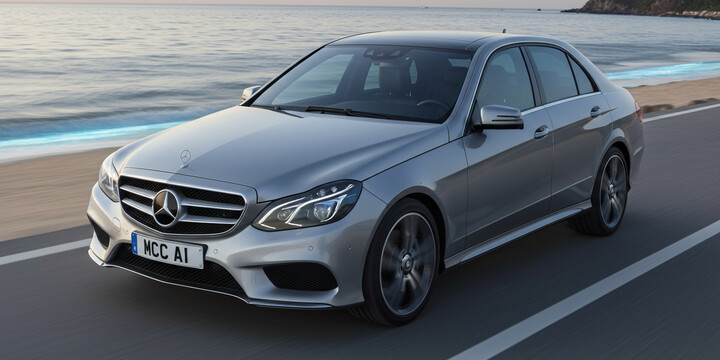
MERCEDES-BENZ E CLASS (2013-16) E250 4DR SALOON 2.1 CDI DPF SS 204 EU5 SE PREMIUM PLUS 7G-T+ AUTO
The Mercedes-Benz E-Class (2013-16) E250 4DR Saloon is a refined and sophisticated executive car that strikes a balance between comfort, style, and performance. As a saloon, it offers a spacious interior with a focus on quality craftsmanship, making it an ideal choice for families, professionals, or those seeking a luxurious daily driver. In the UK market, the E-Class is known for its premium feel, reliability, and smooth driving experience, often competing with other high-end executive cars. This particular model, powered by a 2.1 CDI diesel engine, provides excellent fuel efficiency and a quiet ride, perfect for both city commuting and longer journeys.
What sets the Mercedes E250 apart from rivals is its combination of advanced features, elegant design, and a reputation for durability. The Premium Plus trim adds a host of luxury amenities, making every drive more comfortable. With an average mileage of just under 98,000 miles and typically maintained by one previous owner, this vehicle offers a solid choice for used car buyers. Whether you're seeking a dependable executive car or a stylish family saloon, the Mercedes-Benz E-Class (2013-16) E250 saloon stands out as a practical, well-regarded vehicle that combines German engineering with everyday usability.

average use

Based on the recent mileage recordings for the Mercedes-Benz E-Class (2013-16) E250 4DR Saloon, most vehicles have been driven between 120,000 and 130,000 miles, accounting for 50% of the sample. A quarter of the vehicles fall within the 30,000 to 40,000 miles range, while the remaining 25% are between 100,000 and 110,000 miles. This suggests that a significant proportion of these vehicles are high-mileage, which could be a consideration for potential buyers or owners assessing vehicle usage and wear.

vehicle values

The private sale valuations for the Mercedes-Benz E-Class (2013-16) E250 4DR Saloon suggest that the majority of vehicles fall within the £8,000 to £9,000 range, accounting for 50% of the market. Additionally, equal proportions of vehicles are valued between £10,000 to £11,000 and £11,000 to £12,000, each representing 25%. This distribution indicates a concentration of private sale prices primarily below £11,000, with a smaller but significant segment reaching into the £11,000 to £12,000 range. The data highlights a skew towards the lower end of the spectrum, reflecting expected depreciation and market pricing for this model during the specified years.

production years

The data indicates that for the Mercedes-Benz E-Class (2013-16) E250 4DR Saloon 2.1 CDI DPF SS 204 EU5 SE Premium Plus 7G-T+ Auto, the vehicles are evenly split between being manufactured in 2014 and 2015, each representing 50% of the sample. This suggests a fairly balanced distribution of these model years within the studied population, with no predominant year of manufacture.

colour popularity

The data indicates that among the sampled Mercedes-Benz E-Class (2013-16) E250 4DR Saloon vehicles, grey is the most common main paint colour, accounting for 50% of the vehicles. White and blue are equally less prevalent, each representing 25%. This suggests a strong preference or trend for grey among this model, possibly reflecting its popularity as a neutral, timeless colour choice.

ownership cycle

The data indicates that among the sampled Mercedes-Benz E-Class (2013-16) E250 4DR Saloon vehicles, half (50%) have been registered with two keepers, while a quarter each have had three and five keepers respectively. This suggests that a significant proportion of these vehicles change owners relatively frequently, with the most common number of registered keepers being two. Such insights could imply either regular used vehicle turnover or other factors influencing ownership patterns for this model.

engine choices

The data indicates that all observed vehicles of the Mercedes-Benz E-Class (2013-16) E250 4DR Saloon with the specified trim are consistently equipped with a 2.1-liter engine capacity and utilize diesel as their primary fuel type. This uniformity suggests a standard engine configuration for this model and trim during that production period.












